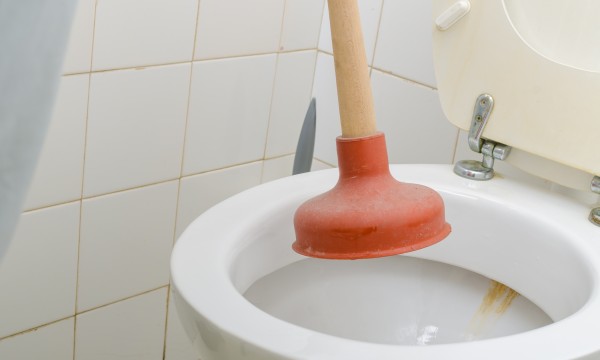The flush toilet may be a miracle of modern plumbing, but when it doesn’t actually flush its contents away, things can get unpleasant. Luckily, unclogging a toilet is one of the more straightforward do-it-yourself plumbing jobs you can take on. Before calling in a plumber, check out these four easy techniques for fixing your clogged toilet. [Photo Credit: istock.com/GregorBistor]








